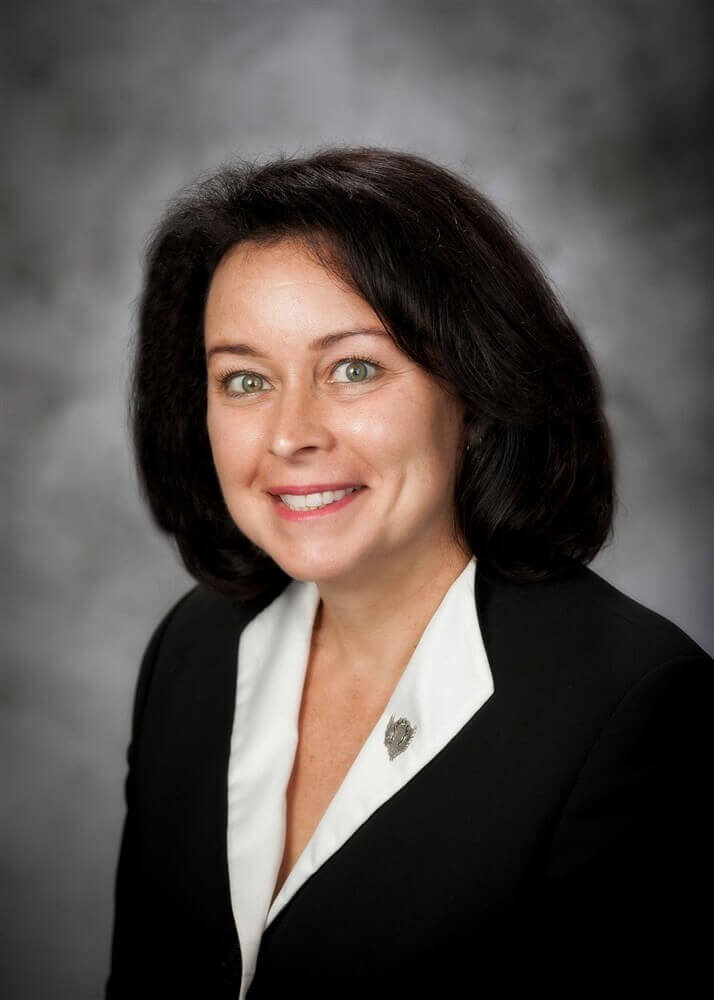With the passage and implementation of Adoption and Safe Family’s Act of 1997, thousands of adoptions of children and youth from the foster care system are occurring in every U.S. state and territory each year. After parental rights have been terminated, each adoption requires close collaboration between the lawyer finalizing the adoption and the social work team tasked with moving the child to a permanent home. How is this collaboration working? As with any team approach, some cases are smooth and efficient and some choppy and prolonged. Is there a way to achieve a consistently good outcome for kids, who are, after all, the beneficiaries of this multi disciplinary work?
As the Director of Adoption for the American Academy of Adoption Attorneys and a lawyer with a private adoption practice of over twenty five years, it is clear that we, as a community of adoption professionals, can do much more to ensure kids and families in fost/adopt cases benefit from a consistent and streamlined process. One way to standardize the melded services required to reach the court finalization day is the creation of a basic checklist. While the checklist is likely to vary from state to state, here are some uniform ideas:
- In person meeting between lawyer and social worker, ideally with the adoptive family present for half of the meeting. This meeting should occur prior to the court case being filed.
- Establishment, in writing, of hard and realistic deadlines for the filing of legal documents, delivery of home studies and post placement reviews and signatures on Adoption Subsidy Agreements.
- Brief five to ten minute check in calls or emails every three weeks until the adoption is finalized.
- Honest conversations with the child, his/her therapist, and the adoptive family resource about the pace of finalization. Should it be slowed down?
- Plain word explanation of the process of testifying in a court of law. Review and practice the questions (and answers) with the social worker, the parent(s), and especially the child if s/he will testify.
At a minimum, this short checklist will increase the quality of services to youth and their adoptive families. As the lawyer and social worker teams engage in intense collaboration in multiple cases, a natural outcome should be an increase in trust and collegiality amongst the professionals processing an adoption finalization.



